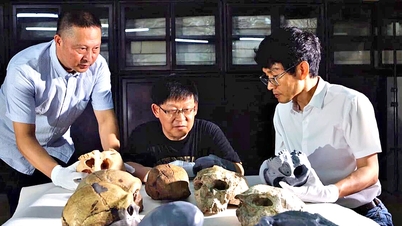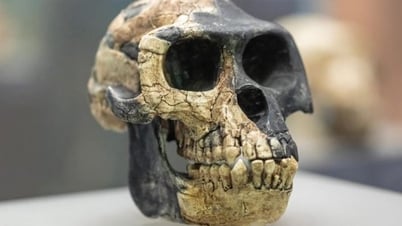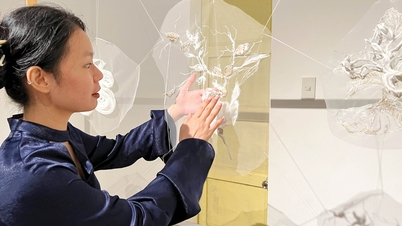Researchers excavating near Lake Turkana in northern Kenya found fossilized hand and foot bones belonging to an extinct relative of humans, dating back 1.52 million years.
Research results show that this species had the ability to grasp and manipulate objects such as stone tools, and move completely on two legs.
New research published in the journal Nature shows that fossils discovered at a site called Koobi Fora, located east of Lake Turkana, represent the first known hand and foot bones of the species Paranthropus boisei.
This incomplete skeleton includes most of the hand, three foot bones, most of the teeth, part of the forearm bone, and fragments of the skull.
Given the fragmentary nature of previous fossil finds, the new discovery is groundbreaking in the study of Paranthropus boisei. The species was a member of the human evolutionary lineage, essentially a relative of Homo sapiens, which evolved much later.
Paranthropus boisei had a robust body with powerful jaws and massive teeth. Its skull was adapted to chewing tough vegetation, with a crest on top to anchor large jaw muscles, while flared cheekbones gave it a distinctive, saucer-shaped face.
Previously, because no fossils of hands and feet were found, research on this species' ability to make and use tools was limited.
"Sixty-five years after the species' discovery, this is the first time we can confidently associate Paranthropus boisei with specific hand and foot bones," commented paleoanthropologist Carrie Mongle of Stony Brook University in New York, lead author of the study.
"Before this discovery, scientists were limited to the skull and teeth of this species, while very little data was available on the rest of the skeleton," said paleoanthropologist and study co-author Louise Leakey, director of the Koobi Fora Research Project.
The metacarpals show that the species was capable of making precise grips similar to those of modern humans, suggesting that Paranthropus boisei was capable of making and using stone tools, Leakey said. The fossils also provide information about its mobility, suggesting that the species was adapted to walking upright on two legs.
"From some of the foot bones, we can see that it was fully bipedal, without the flat feet of chimpanzees, and that the feet of Paranthropus boisei must have had lateral arches, similar to ours, which help move forward when walking," Ms. Leakey asserted.
Species belonging to the evolutionary branch of the human species are collectively called hominins. Paranthropus boisei is one of four ancient human species that lived together in East Africa about 1-2 million years ago.
Stone and bone tools from that period have been discovered, although it remains unclear whether Paranthropus could make and use these./.
Source: https://www.vietnamplus.vn/tim-thay-hoa-thach-mot-ho-hang-da-tuyet-chung-cua-loai-nguoi-post1071174.vnp











































































































Comment (0)